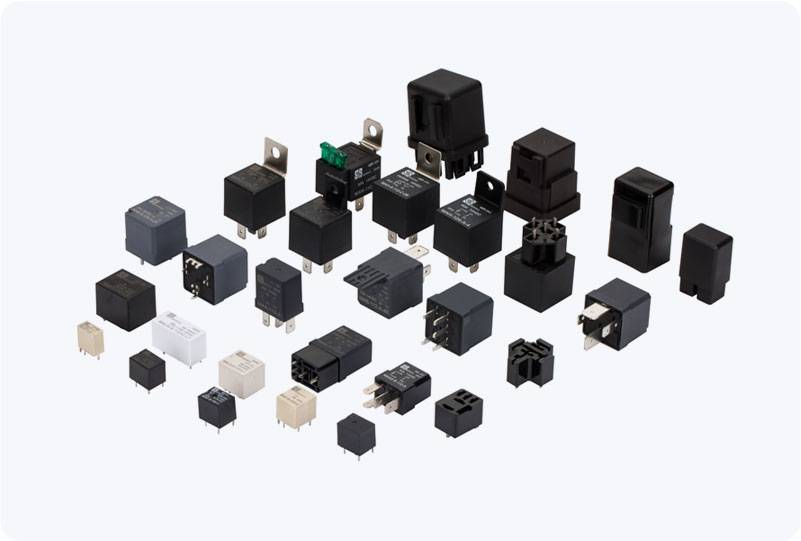The Dual Relay Module is an essential component in many electronic systems, used to control high-power electrical devices with low-power control signals. It integrates two independent relays in a single module, making it an efficient and cost-effective solution for various applications, from home automation to industrial control systems. This article explores the working principles, key features, and practical uses of the Dual Relay Module, highlighting its importance in modern electronics.

What is a Dual Relay Module? A Relay is an electrically operated switch that allows a low-power signal to control a higher power circuit. It consists of a coil, contacts, and an electromagnet that controls the switching action. When an electrical signal is applied to the coil, it creates a magnetic field, which pulls or pushes the relay’s contacts, either closing or opening the circuit. This allows it to control devices that operate on different voltage and current levels, providing isolation between the control circuit and the high-power device. A Dual Relay Module simply means a module that houses two such relays, allowing control of two different high-power devices simultaneously. These modules are designed to be used with microcontrollers like Arduino, Raspberry Pi, or other embedded systems, where they act as an interface between low-power digital outputs and high-power electrical devices.